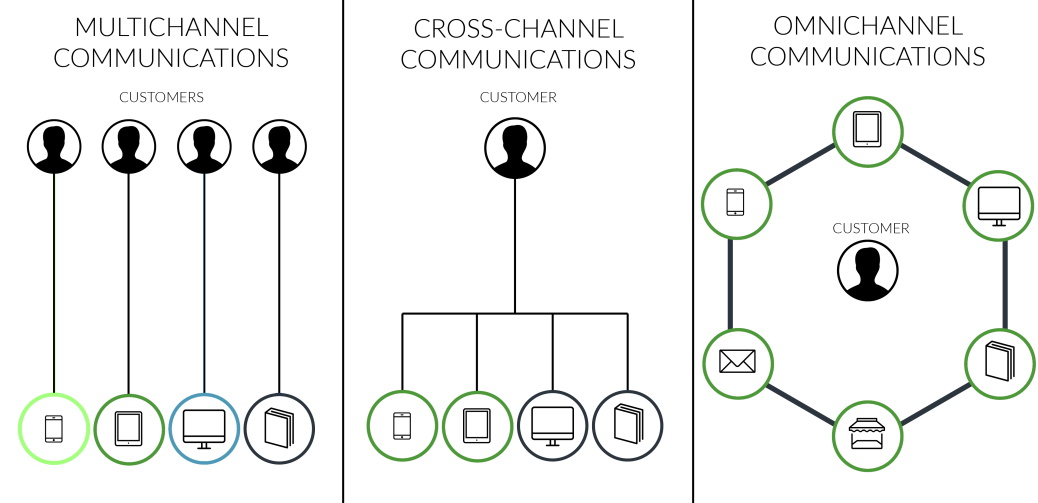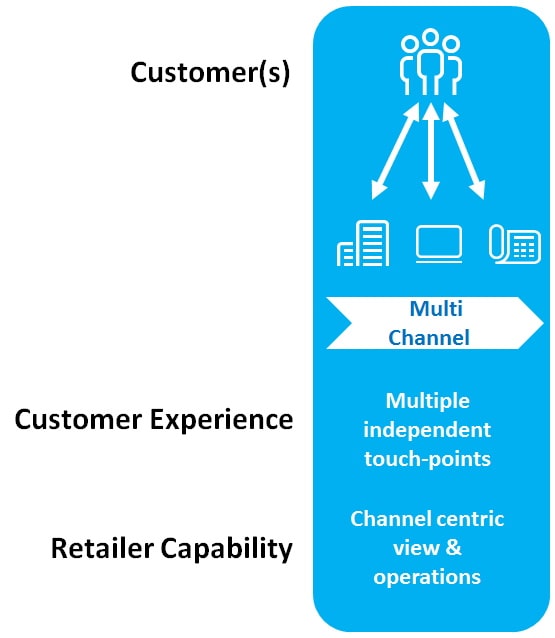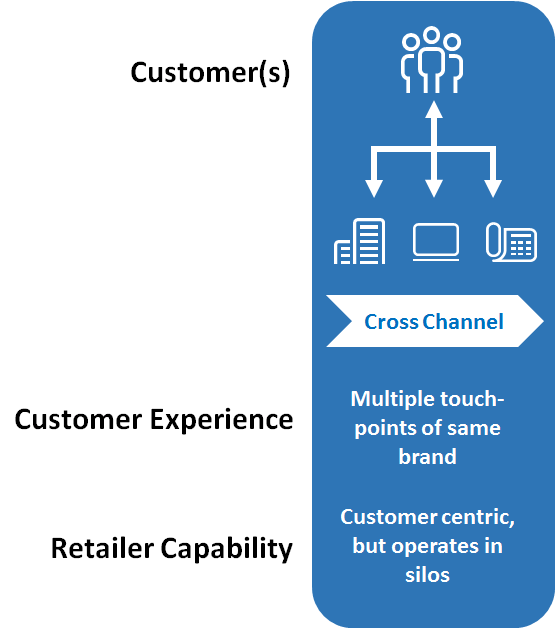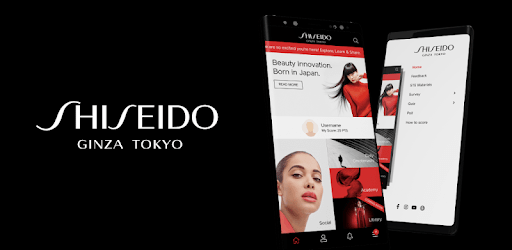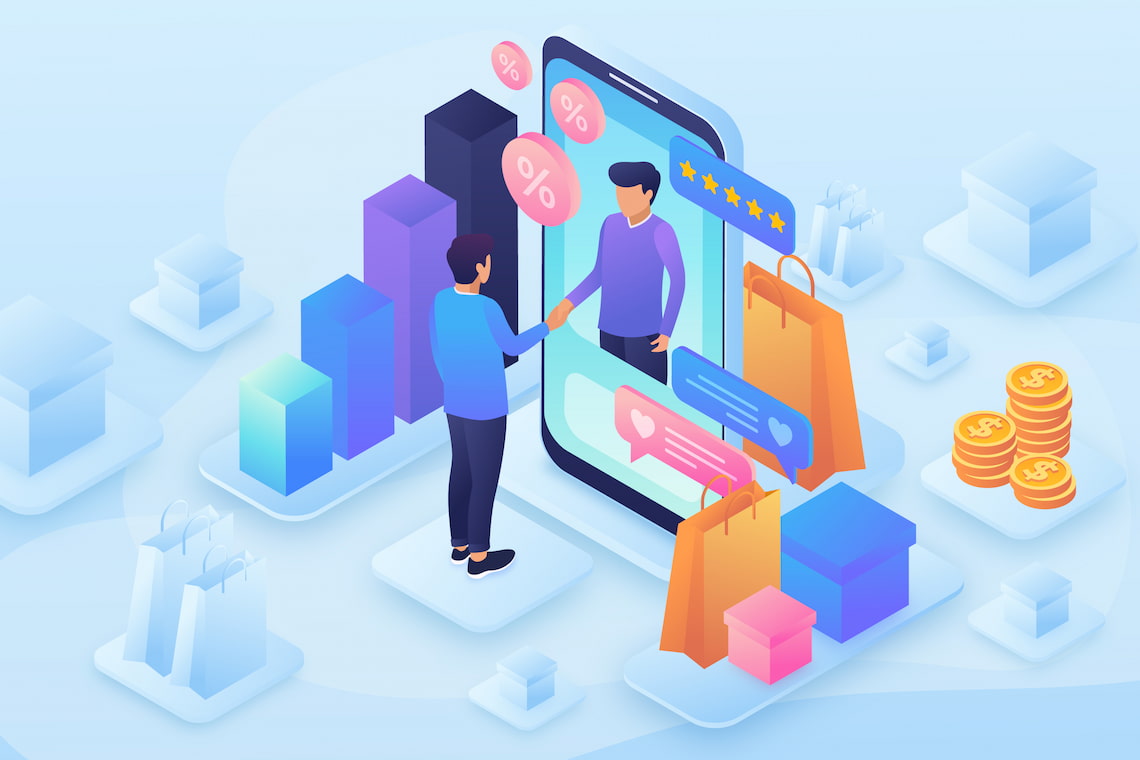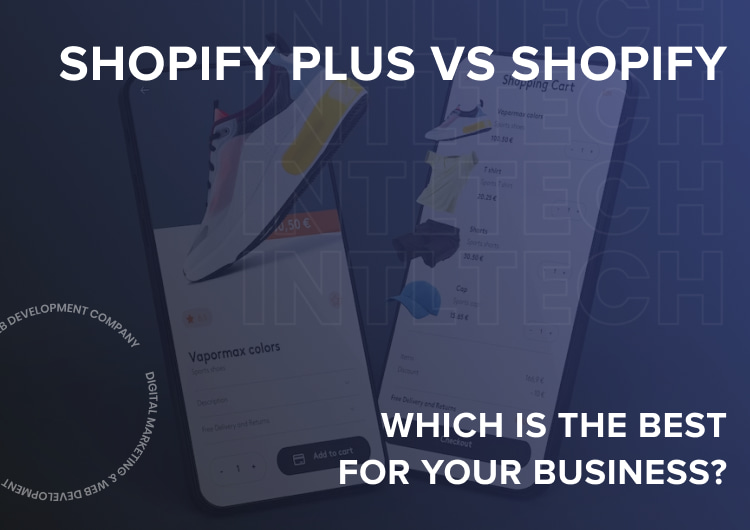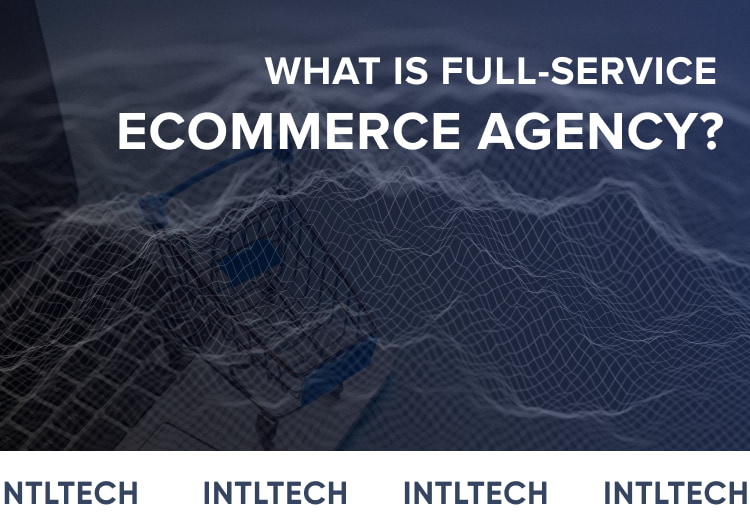Technical evolution and progress opened vast possibilities for closer communication and global interaction, altering the marketing channels, strategies, tools, and approaches. A variety of devices like personal computers, laptops, tablets, and smartphones created new platforms, which modern businessmen and marketers managed to tame and turn into additional promotional mechanisms, and taking into account the overall time people spend with their gadgets, it turned out to be more than effective. For the best productivity of the marketing campaign, business owners usually combine a few channels to reach a wider audience, generating such concepts as multi-channel, cros-channel, and omni-channel marketing. Let us figure out what every particular kind is and how they differ, if they differ at all.
All these three concepts are very often confused or used interchangeably in the marketing context, but the truth is that there is a difference in the way channels cooperate and their interrelation for the promotional strategy.
Multi-channel Marketing: Multiple but Separate
The appearance of the Internet and digital technologies gave the beginning of multi-channel marketing. As you could guess from the title, it involves a few channels, for example, SEO, social media platforms, email newsletters, radio, etc. The key is that all these channels work independently and are not interrelated in their promotional strategies. Thus, the content you share on your Facebook or Instagram accounts may have nothing to do with the email campaign and the promo actions on the website.
Moreover, this strategy implies you and your marketers do not track and analyze the potential customers’ behavior on any of the channels for the benefit of the other. In simple words, all the methods that you choose to promote your products and/or services will be in something like a competition with each other, and the purchaser would have to decide which one to go with.
It may become a wonderful solution for the small new business projects at the beginning of their development. First of all, it will grab a vast audience of Internet users and increase awareness about the brand. You will tell about your company and the things it does through the channels of social media, radio, online TV, YouTube, or blog section on your website. However, this is not a good strategy for the long run. Anyway, sooner or later, you would have to move on to omni-channel or cross-channel marketing.
Cross-channel Marketing: Multiple and Interrelated
This is an advanced strategy that is based and emerges from multi-channel marketing. Like the previous one, it involves various digital communicational methods with one significant distinction – they cooperate and supplement each other.
This implies that they gather and share the information with each other, creating a single ‘story’ of your marketing campaign and following the potential buyer through the whole purchasing process.
Thus, for example, you send an email newsletter to the person who has just placed an order online or conducted a purchase at the offline store and provided there a coupon with a discount for the next order that he/she can use either online or offline. This is how cross-channel marketing works. You involve a website, offline store, and email in one strategy. You could also share some special promo actions or discounts on your Instagram and Facebook for the products in your stores, and this will be cross-channel marketing.
These examples show how a few platforms may interact and communicate with each other. However, the schemes can be even more complicated, and the bigger your company will grow, the more channels you will involve to help the customers make a choice and buy from you.
In 2020, most of the modern companies determined to grow and scale implement it as an effective promotional method. Nevertheless, there is always space for improvement and better audience engagement.
Omni-channel Marketing: Multiple and Interactive
This is an advanced level of marketing that breaks barriers of the online and offline channels, involving various promotional platforms and maximum interaction with the customer.
To exemplify for you what we mean when saying ‘breaking the barriers between the online and offline world’, we will dwell on a bright case of increasing interaction with the user using the digital and virtual technologies during actual shopping. Shiseido, a Japanese cosmetic company, actively uses omni-channel marketing for the promotion of their brand, and this is what they’ve invented. Having a tab and using their unique tool “Shiseido Makeup users”, purchasers may try makeup in their offline stores before they decide to conduct a purchase. Another American cosmetic company Maybelline New York followed Shiseido’s example and created an app with the help of which the user may virtually try on different shades of lipstick and choose which one he/she likes the most to buy.
In such a way, offline and online marketing channels cooperate together to provide the customer with the best experience with the company. This is what omni-channel marketing aims at.
Final word
As you see, each type of promotion has its benefits, and what to choose depends on the type of your business and the budget you are currently ready to spend on your marketing. However, if you plan to scale and stand out from the crowd, omni-channel marketing is your chance as it just started to develop and is relatively new, meaning perspective and not hackneyed. It is an incredible way to interact with your customers and provide them with the best shopping experience ever.
Whatever type of marketing type you decide to go with, it is essential that customers’ positive experience is your main priority, and you try to help your customer make the correct choice rather than just sell. This is the key to success.
 0
0
